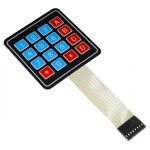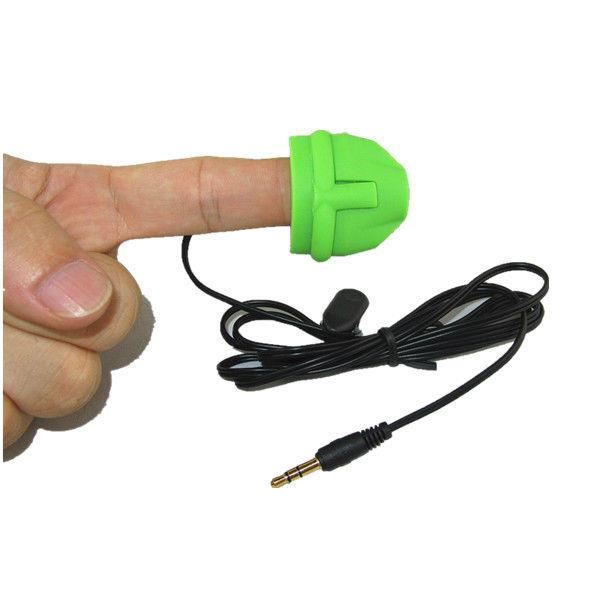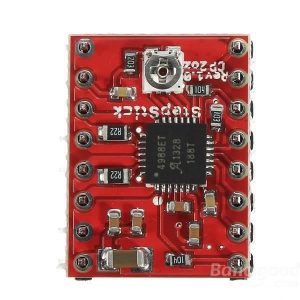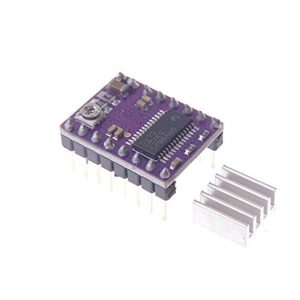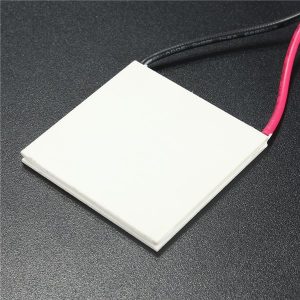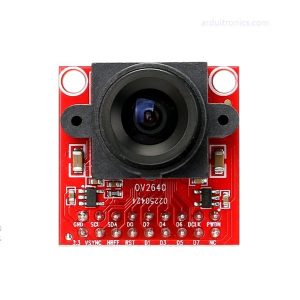FINGER HEART RATE SENSOR
د.ا 15.00
Description:
The Easy Pulse sensor is based on the principle of photoplethysmography (PPG) which is a non-invasive method of measuring the variation in blood volume in tissues using a light source and a detector. Since the change in blood volume is synchronous to the heart beatthis technique can be used to calculate the heart rate. Transmittance and reflectance are two basic types of photoplethysmography. For the transmittance PPGa light source is emitted in to the tissue and a light detector is placed in the opposite side of the tissue to measure the resultant light. Because of the limited penetration depth of the light through organ tissuethe transmittance PPG is applicable to a restricted body partsuch as the finger or the ear lobe. Howeverin the reflectance PPGthe light source and the light detector are both placed on the same side of a body part. The light is emitted into the tissue and the reflected light is measured by the detector. As the light doesn’t have to penetrate the bodythe reflectance PPG can be applied to any parts of human body. In either casethe detected light reflected from or transmitted through the body part will fluctuate according to the pulsatile blood flow caused by the beating of the heart.
The original Easy Pulse design was based on the reflectance approach and used TCRT1000 IR device as sensor. It could detect the pulse signal when an user places his/her fingertip on the top of the sensor. While this sensor performed wellit was susceptible to a very small movement of the finger. Sothe user should keep the finger very steady to obtain the accurate pulse signal. Easy Pulse Version 1.1 uses a more robust sensor (HRM-2155E) that operates in transmission mode and fits tight around the fingertipthereby it is less prone to motion.
The HRM-2511E sensor is manufactured by Kyoto Electronic Co.Chinaand operates in transmission mode. The sensor body is built with flexible Silicone rubber material that helps to keep the sensor tightly hold to the finger. Inside the sensor casean IR LED and a photodetector are placed on two opposite sides and are facing each other. When a fingertip is plugged into the sensorit is illuminated by the IR light coming from the LED. The photodetector diode receives the transmitted light through the tissue on other side. More or less light is transmitted depending on the tissue blood volume. Consequentlythe transmitted light intensity varies with the pulsing of the blood with heart beat. A plot for this variation against time is referred to be a photoplethysmographic or PPG signal. The following picture shows a basic transmittance PPG probe setup to extract the pulse signal from the fingertip.

